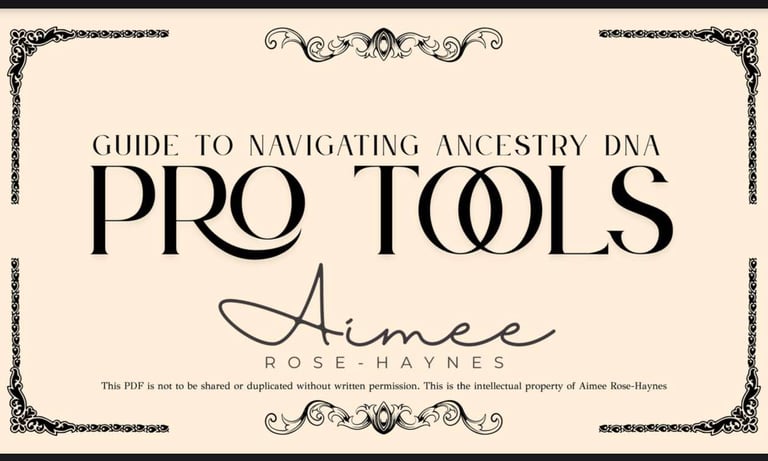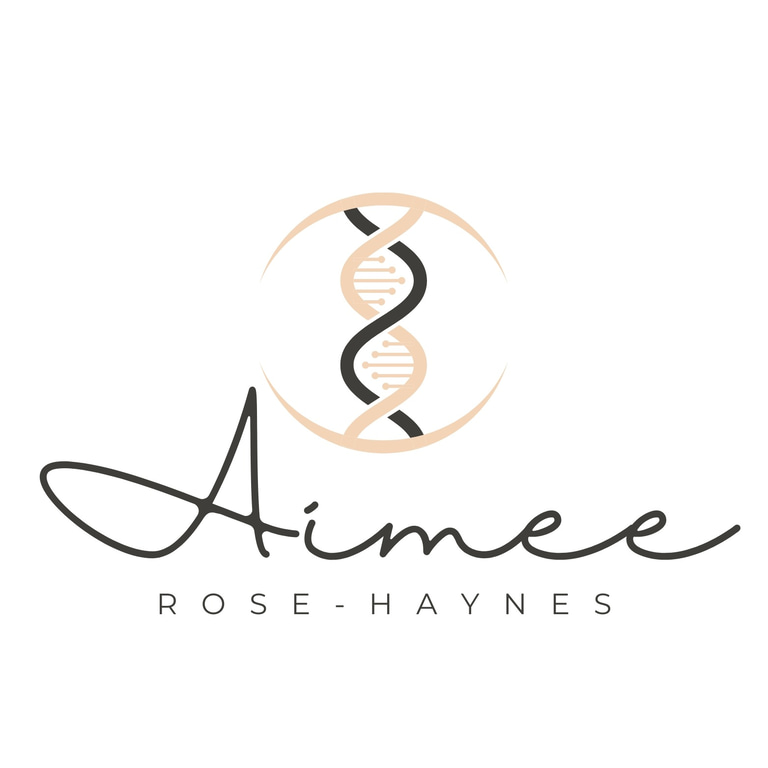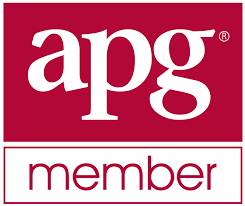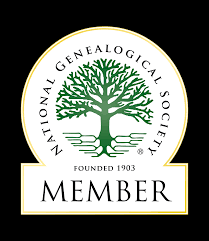Breaking Down Your DNA Matches: A Look at Ancestry’s New Pro Tools Cluster Feature
If you've ever felt overwhelmed trying to figure out how your DNA matches are related to one another, Ancestry’s new Matches by Cluster tool might be the breakthrough you've been waiting for.
7/2/20253 min read
New Pro Tools Cluster Feature
Available through a Pro Tools subscription, this feature groups your DNA matches into visual clusters. This makes it easier to understand how people are related, identify common ancestors, uncover unknown family lines, and move past long-standing research roadblocks. Whether you're solving a family mystery or verifying a well-researched line, this tool adds structure and clarity to your DNA analysis.
🧬 What Are DNA Clusters?
Clusters are groups of people who not only match you but also match each other. These individuals are often descendants of the same ancestral couple or line. Instead of reviewing matches one by one, the tool allows you to analyze them together as a group, saving time and improving accuracy.
💡 Why It Matters
Helps identify how matches are related to one another
Organizes matches by family branch
Supports unknown parentage or adoption research
Reveals shared ancestry in close-knit or isolated communities
Useful when historical documentation is missing or incomplete
🪜 Step-by-Step: How to Use Matches by Cluster
Step 1: Go to Your DNA Match List
Log in to your Ancestry account and open your DNA match list. You must be subscribed to Pro Tools to access the clustering feature.
Step 2: Click “By Cluster”
At the top of your match list, select the “By Cluster” option. Ancestry will then group your DNA matches who share between 65 and 1300 centimorgans with you and with each other.
Note: If you have more than 100 matches that qualify, the grid view will not appear. You will still see clusters listed below the match list.
Step 3: Explore the Grid (if available)
If your number of matches is below the threshold, you will see a color-coded grid. Each square shows two matches who share DNA with each other and with you. Each cluster is color-coded to represent a unique family group.
Step 4: Open a Cluster
Scroll down to the cluster list and click the arrow to expand it. This reveals the individual matches in that group and how much DNA you share with each person.
Step 5: Use the “Bulk Add” Feature
Quickly apply a colored dot or label to all matches in the cluster. You can tag the cluster with a custom label, such as a specific ancestor’s name or a side of your family.
Step 6: Compare Trees
Review your matches' public family trees and compare them to your own. Look for shared surnames, locations, and ancestral couples that appear across multiple trees.
Step 7: Pair with Enhanced Shared Matches
Use the Enhanced Shared Matches tool to dig deeper into connections between the people in your cluster. This helps you spot how they may all descend from the same ancestor, even if documentation is missing.
🔎 Tips for Making the Most of Clusters
Assign clusters to maternal or paternal lines whenever possible
Label clusters clearly so you can easily return to them later
Explore unknown clusters. They may reveal new branches or break through brick walls
Combine cluster results with DNA Matches by Location for additional context
Reach out to members of a cluster for collaboration or to exchange information
🚧 A Few Limitations to Keep in Mind
Matches under 65 cM or with no shared connections are not included
Pedigree collapse and endogamy can cause large overlapping clusters, which can be harder to interpret
If you don’t have many close matches, you may see fewer clusters
🔚 Final Thoughts
The Matches by Cluster feature is a powerful tool for organizing and interpreting your DNA matches. Whether you are brand new to genetic genealogy or have been researching for years, this feature helps reveal hidden relationships and provides a clearer path forward in your family history journey.
If you're ready to unlock the power of your DNA matches, this tool gives you the structure and insight you need to make real progress.


I’ve created a detailed eBook designed to help you navigate and get the most out of Ancestry’s Pro Tools. This 113-page guide walks you through each feature with clear, step-by-step instructions and real-life examples to show you how to apply the tools in your own research. Whether you're just getting started or looking to level up your skills, this guide offers practical support every step of the way.
Link to purchase: Ebooks on Family Research & Genetic Genealogy | Aimee Rose-Haynes




